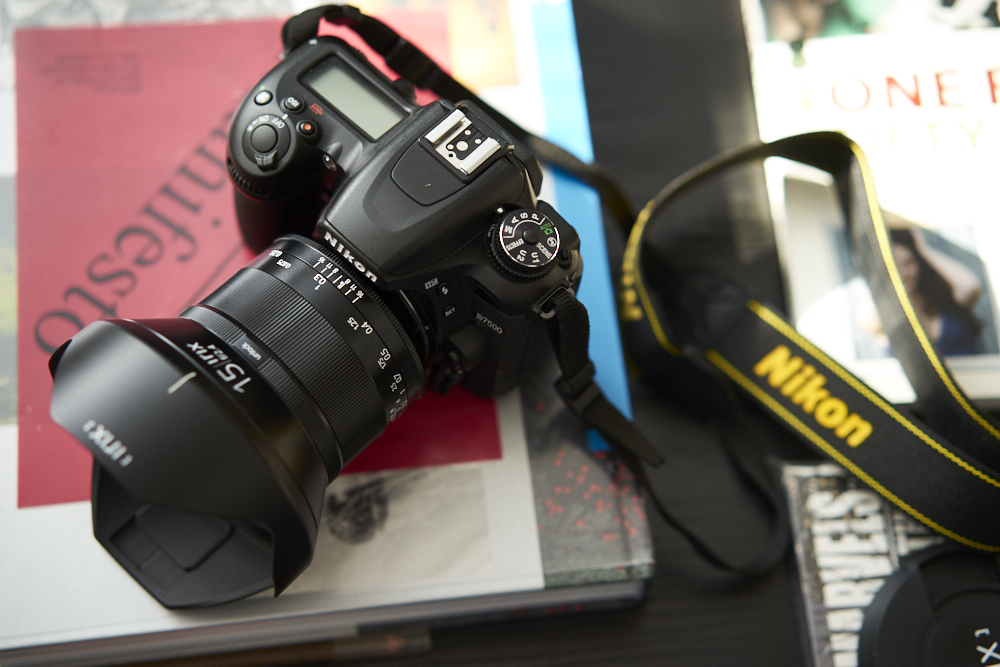
The year 2024 has been a positive time for the camera industry. Why? The Camera & Imaging Products Association (CIPA) recently revealed its stats for the month of November. From the looks of it, things are finally picking up, and clearly, consumers are inclined to buy cameras that we thought had been going defunct: the mighty DSLR. In comparison, let’s find out how the mirrorless segment performed. After all, that is also our future.
DSLR is a Strong Performer
The report was published by Nikon Rumors, which helped us understand the numbers published by CIPA. According to the company, DSLR shipments have seen an increase of 20.1% in sales compared to November 2023. In addition, about 18,000 extra units were sold in November 2024 (103,543 units in total) compared to the previous month, October 2024 (90,082 units in total). However, while the numbers are positive, the cumulative shipments for the year are down by 17%.
In comparison, the mirrorless camera shipment noticed a massive drop of over 90,000 units from October 2024. The previous month, October, recorded selling 597,560 units, while November only sold 543,621 units. Despite the sharp drop, mirrorless shipments have seen growth up to 31% compared to November 2023, while the cumulative growth for the year is about 16%.

While CIPA’s forecast for 2024 is 5.89 million interchangeable lens cameras and 1.52 million compact digital cameras, the number, based on the patterns, is said to surpass and reach about 6.6 million units. Similarly, lenses are predicted to sell 9.57 million units but about 10.4 million units. Furthermore, Nikon Rumor adds that if these trends persist, we may see 2024 becoming the best year for the photography industry since 2019, when 8.46 million DSLR and mirrorless bodies and 14.2 million lenses were shipped.
Comparative Analysis of Annual Shipment Data (Bodies/Lenses):
| Year | Bodies (millions) | Y/Y% | Lenses (millions) | Y/Y% |
| 2023 | 6.00 | 1.25% | 9.6 | -0.63% |
| 2022 | 5.93 | 10.83% | 9.7 | 1.57% |
| 2021 | 5.35 | 0.75% | 9.6 | 6.11% |
| 2020 | 5.31 | -37.27% | 9.0 | -36.62% |
| 2019 | 8.46 | -21.36% | 14.2 | -21.11% |
| 2018 | 10.76 | -7.88% | 18.0 | -6.35% |
| 2017 | 11.68 | 0.60% | 19.2 | 0.16% |
| 2016 | 11.61 | -11.10% | 19.2 | -11.57% |
| 2015 | 13.06 | -5.64% | 21.7 | -5.24% |
| 2014 | 13.84 | -19.21% | 22.9 | -14.23% |
| 2013 | 17.13 | -15.03% | 26.7 | -12.17% |
| 2012 | 20.16 | 28.49% | 30.4 | 16.92% |
| 2011 | 15.69 | 21.72% | 26.0 | 19.87% |
| 2010 | 12.89 | 30.07% | 21.7 | 34.72% |
Cumulative Units/Shipped Value YTD for 2024:
| Units (millions) | 2024/2023 YTD % |
Shipped Value (¥ billion) |
2024/2023 YTD % |
|
| DSLR | 0.903 | -17% | ¥43.02 | -17% |
| Mirrorless | 5.203 | 16% | ¥626.52 | 16% |
| Compacts | 1.720 | 9% | ¥93.00 | 32% |
| Lenses <35mm | 4.961 | 7% | ¥98.25 | 12% |
| Lenses ≥35mm | 4.563 | 6% | ¥382.01 | 11% |
Shipped Value in ¥ and USD:
| Shipped Value ¥ | Shipped Value USD $ | |
| DSLR | ¥47,631 | $302.36 |
| Mirrorless | ¥120,415 | $764.40 |
| Compacts | ¥54,065 | $343.20 |
| Lenses | ¥50,422 | $320.08 |
What Does it Mean?
Despite many professionals having seemed to move away from DSLRs, it is apparent that many enthusiasts or amateurs still rely on them. The lower cost is one of the reasons, while a less tech-savvy viewfinder could be another reason. Perhaps some older people may still find it challenging to let go of the camera and embrace mirrorless. Either way, it would be nice to see if Canon, which often has the largest share in the camera market, releases a new DSLR. Perhaps Nikon will do the same to launch D7.
However, this is wishful thinking. We know the DSLR won’t return, and promotional offers and marketing play a pivotal role in the sale of cameras. Other than that, the cameras themselves have to be appealing enough for people to switch. For instance, Fujifilm has managed to create youth-centric cameras, which Gen Z wants. As for Canon and Nikon, they focus on more high-end cameras for professionals. The latter group may not update their devices as often as the former may in terms of keeping up with the trends.
With the numbers for December in the next month, we will know for sure whether the DSLR craze continues or wanes with time.

